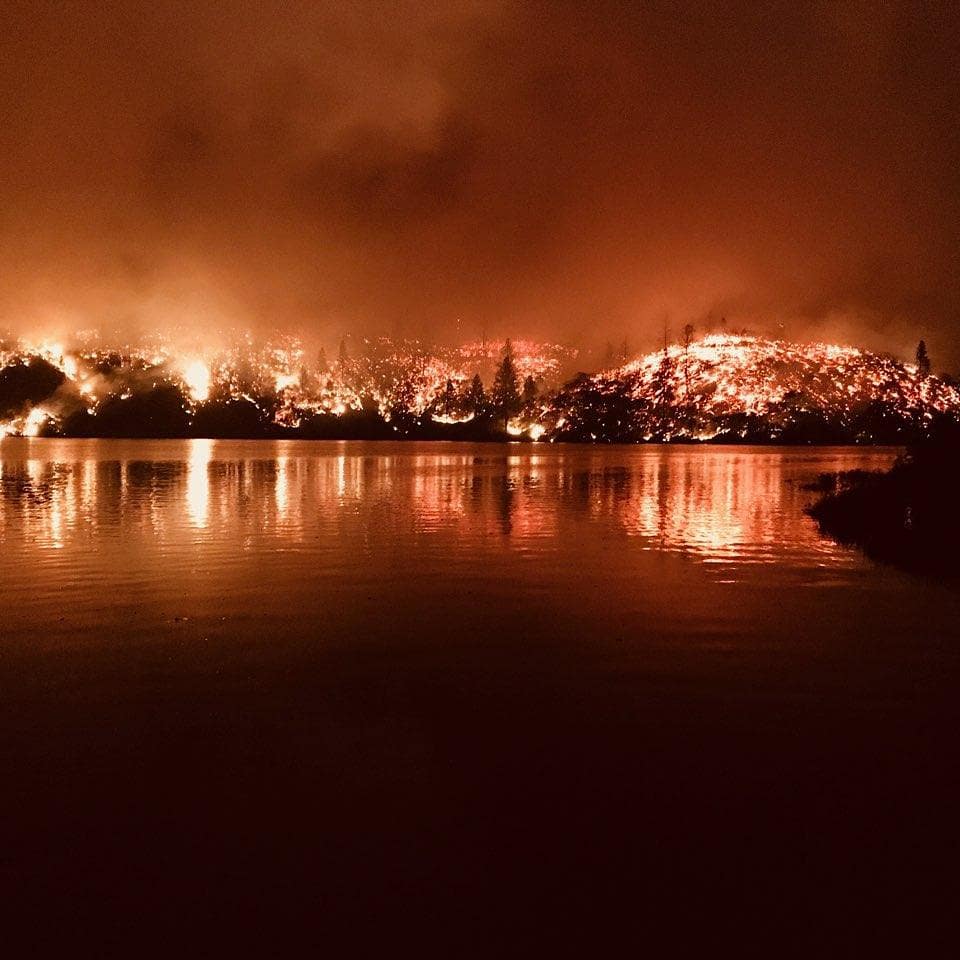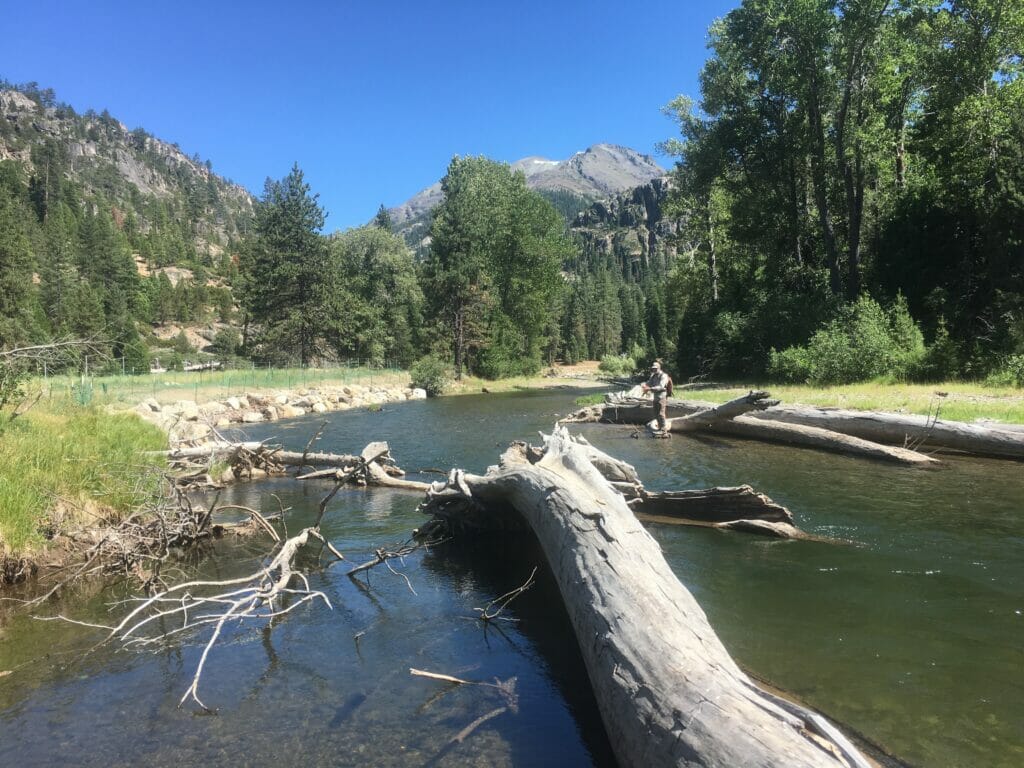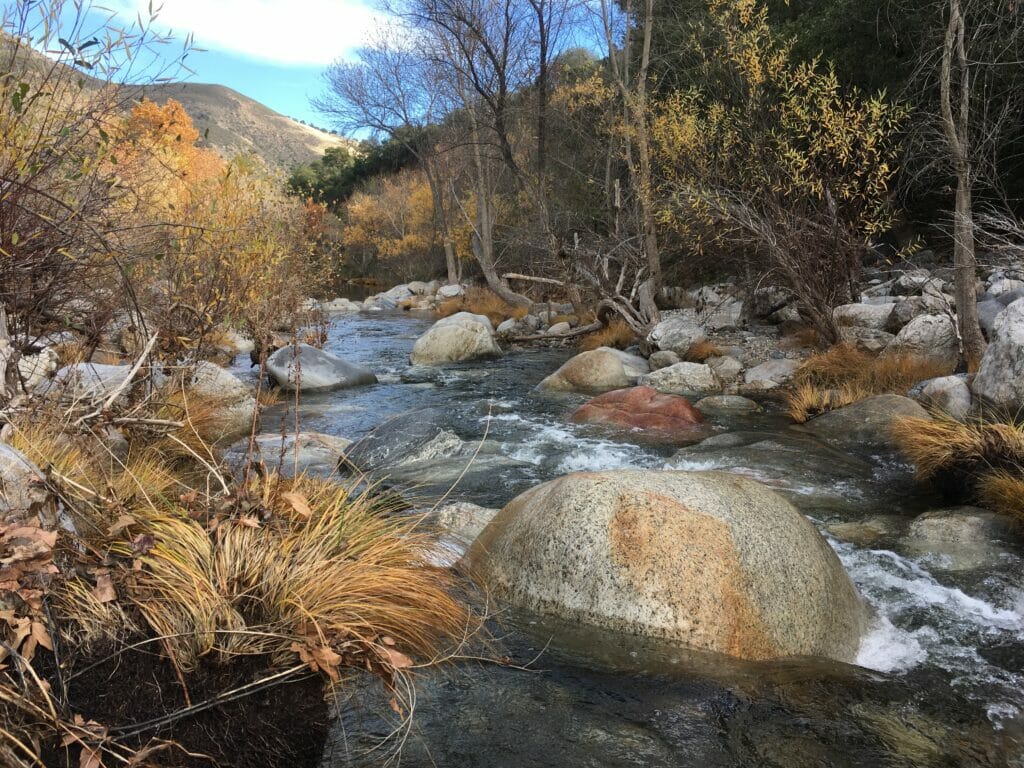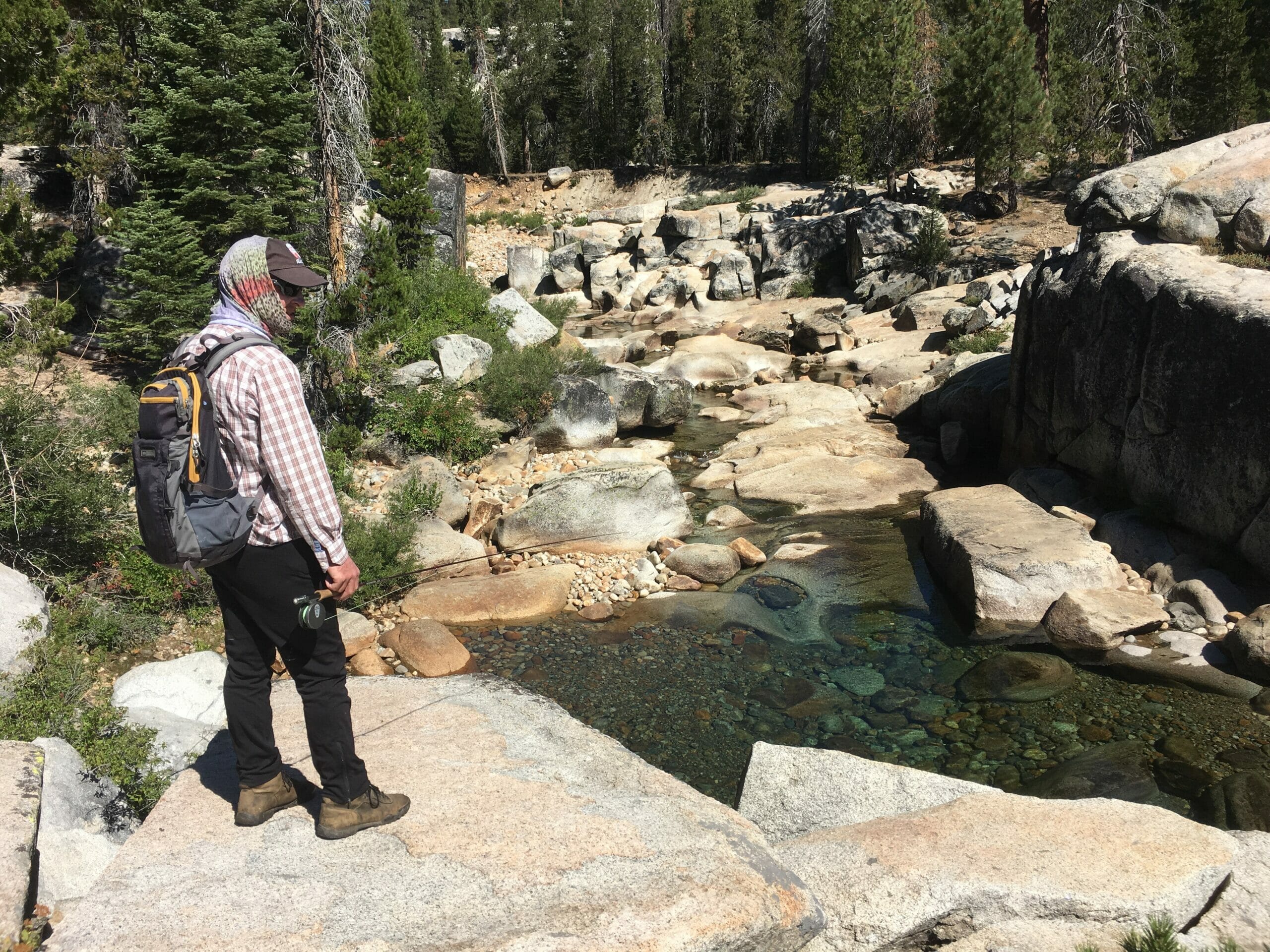If you are active in the outdoors, it’s hard to beat living in the American West. That’s because all states west of the Great Plains have big swaths of public lands available for fishing and hunting.
Except when big swaths of extraordinary wildfire shut them down. Right smack in the middle of Public Lands Month.
That’s what happened here in California recently. I live in the foothills of the Sierra Nevada mountains, within a short drive of dozens of decent trout waters—all on public lands. On a summer weekend I am likely to find myself on one or more of them. But not last weekend.
Despite skies clearer than they had been for weeks and temperatures below 90 degrees for the first time seemingly in months, I spent those two precious days mostly trying to find much satisfaction in doing small chores and watching football with no fans in the stadium.

That’s because the previous week, as massive wildfires continued to rampage across California, the U.S. Forest Service closed all of the 20 national forests within or straddling the state’s borders to support ongoing firefighting efforts and reduce the possibility of new blazes being ignited.
Given the devastation, and cost, associated with the blazes, that action didn’t seem unreasonable to me. But it sure brought into sharp focus how much I depend on public lands for my trout time—and how much so many other folks, businesses and communities do as well.
In fact, America’s displays of affection for our public lands have never been more, well, public. The onset of the coronavirus pandemic here triggered a mass exodus to national parks, forests and recreation areas.
We need the tonic of wildness…At the same time that we are earnest to explore and learn all things, we require that all things be mysterious and unexplorable, that land and sea be indefinitely wild… We can never have enough of nature…We need to witness our own limits transgressed, and some life pasturing freely where we never wander.
Henry David Thoreau

Our public lands are where life other than our human selves pastures most freely. That’s why, in spite of the warming climate and its hitmen—more hellacious mega-fires, more powerful storms, longer and drier droughts—we still find the most native trout species, and the healthiest populations of virtually every game animal, there.
For those of us who do not wish to live in a world without places where freedom is so purely defined, our public lands are yet more: a lifeline.
A short list of nearby rivers that I can’t fish right now would be enough, usually, to quicken the pulse of any angler. The Truckee. The Little Truckee. The Middle and South Forks of the American. The North Fork Yuba. The West and East Forks of the Carson.
The fires have put a damper on more than my angling aspirations and leaving my windows open at night. They’ve also put the kibosh on some of the work we at Trout Unlimited are doing on public lands in the Golden State.
For example, my colleague Jessica Strickland, director of TU’s California Inland Trout Program, manages work crews doing water monitoring and meadow restoration in the central and southern Sierra (rare native golden trout habitat), some of whom barely made it back out of the field as fires in those regions swelled.

This week was the autumnal equinox marking the start of fall. Even in these torrid parts, in the early mornings you can feel the air and the light becoming crisper. I can also feel trout streams cooling and their residents becoming more active, feeding aggressively in advance of winter.
When the national forests reopen here, I’ll again rove the banks of the arteries of the landscape, looking for trout and finding at the end, if I am really paying attention, something else—perhaps a bit more grace, and balance, than I brought with me.
We need public lands more than ever. As we celebrate Public Lands Month with forays with rod or gun into our favorite wild places, let’s do as much from our desktops to show our love. Certainly we can do better in terms of managing our public lands and waters for wildfire. For some additional suggestions as to how we can do more to conserve and sustain our public lands, go here and here.



